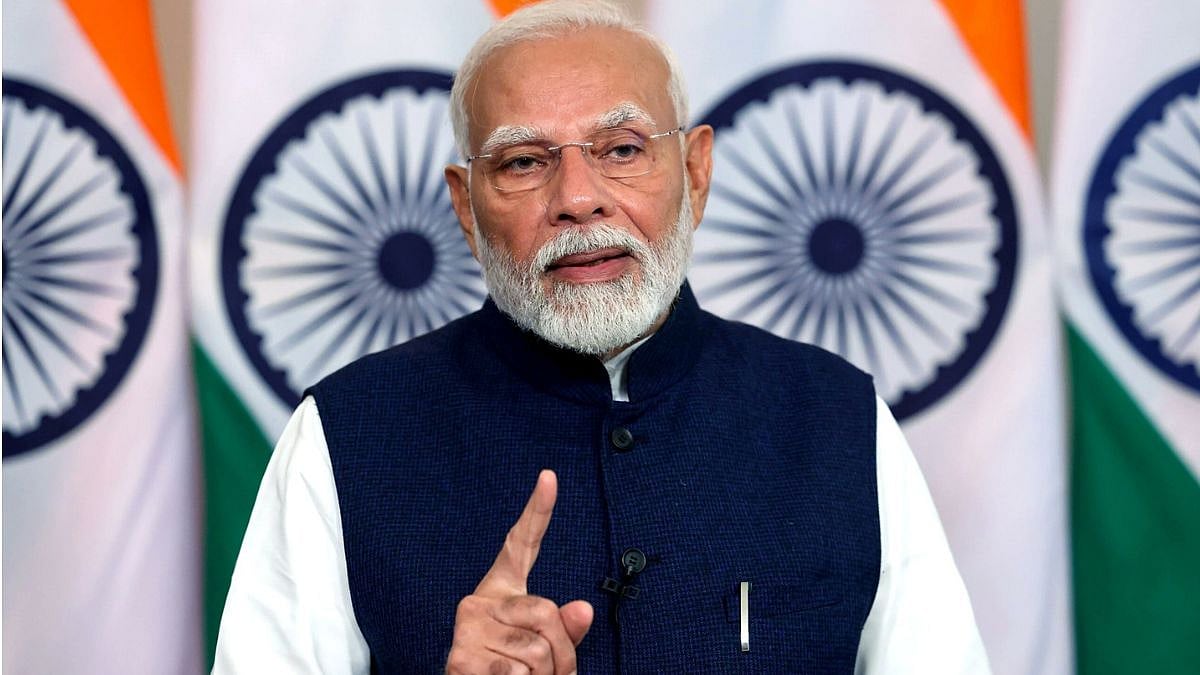From Gurugram in the north to Hinjewadi in the west to Devanahalli and Whitefield in the south, the story plays out year after year. Hinjewadi, which lies northwest of Pune towards Mumbai, saw such massive floods and waterlogging this week that the gleaming IT-led city was forced to a standstill. Last year, it was in the news for, besides the annual waterlogging, excessive traffic congestion, which eventually led to a clutch of IT companies shifting out. It is not difficult to see why core infrastructure shortages and basic civic services fall woefully short in Hinjewadi and other relatively new cities developed on the outskirts of large cities like Delhi, Pune, and Bengaluru.
It is the appalling lack of planning and primary development that serves as the motherboard of urbanising predominantly rural areas. In the past 20-25 years, riding on the IT boom, governments at the centre and in states underwrote the creation of new urban areas or satellite cities near large metropolitan ones, where land was expensive and scarce. This model largely relied on accumulating land near a large city by paying compensation to farmers and villagers and inviting the corporate world to set up establishments there with a slew of tax concessions. This commercial-cum-residential development soon became towns or cities, often commanding sky-high prices for property. Hinjewadi was developed this way in the late 1990s.
However, such urbanisation remained uneven from the start. Corporates ‘developed’ the land parcel in their control, creating islands of gleaming buildings as mega work campuses or residential townships, often concretising water bodies and green zones, while the areas outside their gates remained largely undeveloped. Hinjewadi, like Gurugram and Whitefield, shows up the ugly underside of such myopic and unplanned urbanisation. The motherboard of all cities requires what urbanists call 'the unseen' before the visible one—underground water and sewage systems, a network of roads, public transport and healthcare, education and recreation facilities, open green spaces and natural watercourses as no-development zones, and so on. Without these in place, at the required scale, the new cities are slated to have perennial traffic jams, waterlogging, untreated sewage and more. Urban governance exists only in name, sometimes not even that. Hinjewadi has neither a municipality nor is it included in Pune’s.

India can do better than this apology of urbanisation, considering that the newly-independent nation made an effort to design and construct three planned cities. The development of Chandigarh, Bhubaneswar, and Gandhinagar based on master plans back in the 1950s, though Gandhinagar rose much later, and the urban planning knowledge since makes this inexplicable. Fixing solitary issues like traffic or waterlogging with tech solutions is not the answer. Hinjewadi, like similar cities, may gleam on the outside but needs a complete refit on the inside, the unseen city below. It is, unfortunately, not the only one; it typifies the state of many new cities in India.










